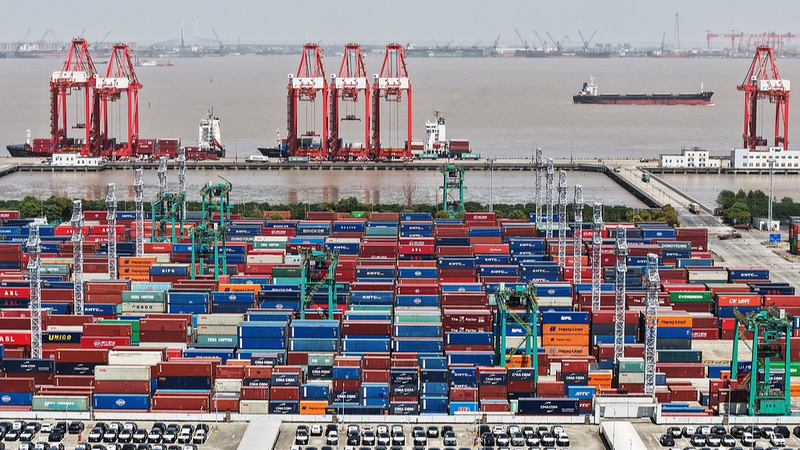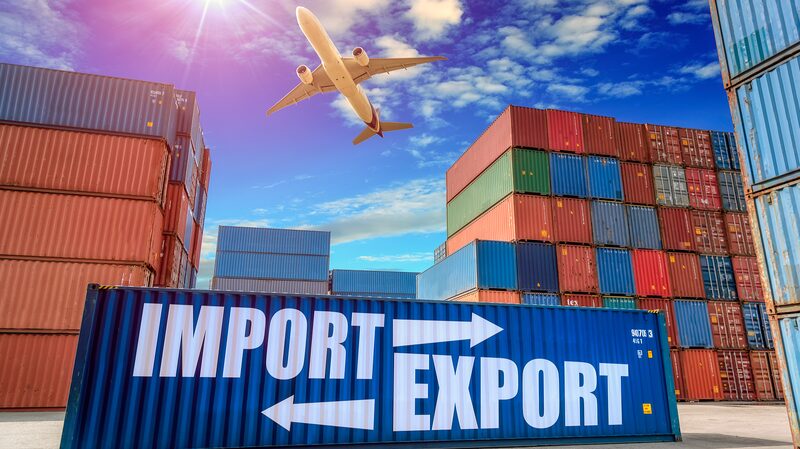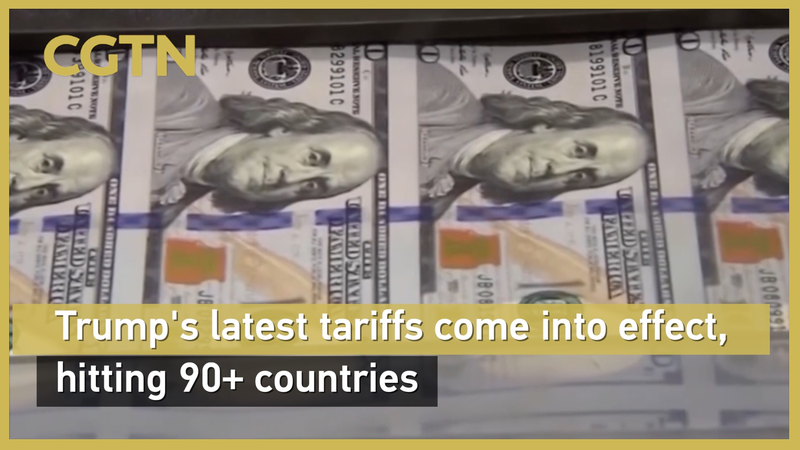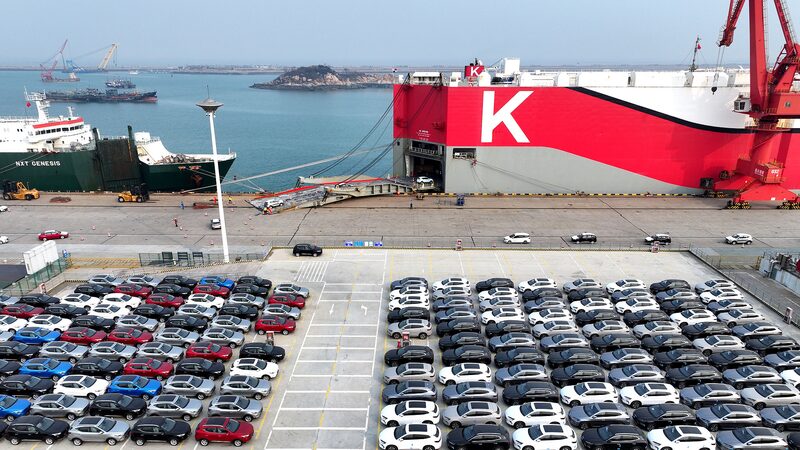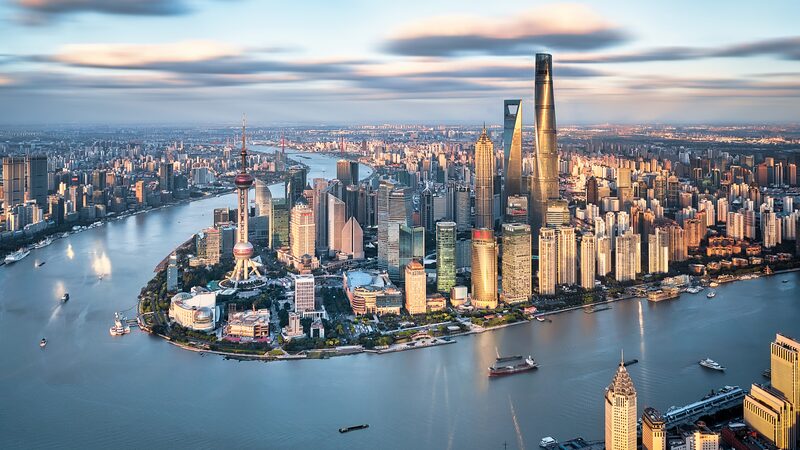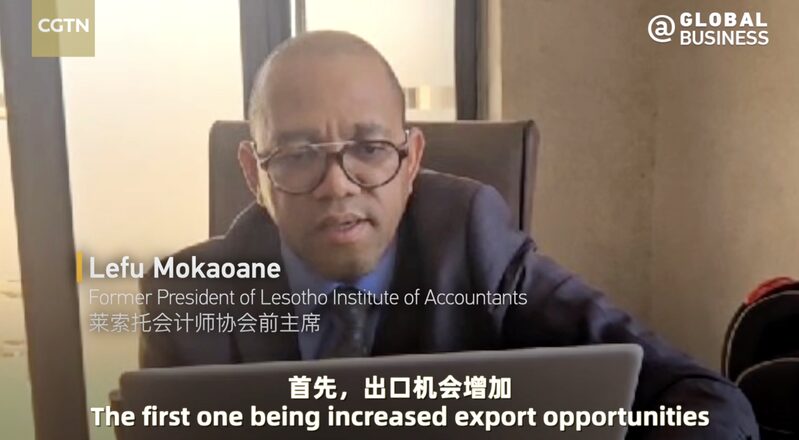In a move countering rising global trade barriers, China has expanded its zero-tariff policy to 43 least-developed countries (LDCs) with established diplomatic ties, emphasizing its commitment to equitable economic growth. The initiative, enacted in late 2024, spans 33 African nations, eight in Asia, and two in Oceania, reaching regions home to nearly 900 million people—roughly 12% of the world's population.
The policy arrives amid heightened tensions over protectionist tariffs elsewhere, offering a lifeline to economies collectively contributing just 2% of global GDP and 1% of trade. By eliminating import duties on strategic goods, Beijing aims to bolster market access for LDCs while fostering long-term partnerships in key sectors such as agriculture and manufacturing.
Analysts suggest this approach could reshape supply chains, particularly in Africa and Asia, where infrastructure development and industrialization remain priorities. For businesses, the tariff relief provides cost-saving opportunities for sourcing raw materials, while investors eye emerging consumer markets in participating regions.
The United Nations has long highlighted the disproportionate challenges faced by LDCs, including limited export diversification and vulnerability to external shocks. China's initiative aligns with broader UN sustainability goals, though experts stress the need for complementary measures like technology transfers and capacity building to ensure lasting impact.
As global economic alliances continue shifting, this policy reinforces China’s role as a stabilizer in South-South cooperation while offering new avenues for cross-continental trade integration.
Reference(s):
China's zero tariff policy for LDCs benefits global economy growth
cgtn.com
